2020年4月2日、私はもっとミルクウィードが必要ではないかと心配しはじめました。 4齢になった3匹の大きなオオカバマダラのイモムシと、2齢になったばかりの小さなイモムシを、私たちのクズのようなボランティアのミルクウィードに見つけましたが、これは壊滅的な状態になっていました。 小さな虫はもう助からないし、大きな虫もダメかもしれないと思いました。 COVID-19の流行で2週間以上、在宅勤務と子どもの世話をしていたので、庭の生物多様性をじっくり観察する時間がありましたが、そうでなければ、この庭の友人たちにとっても適者生存だったのかもしれませんね。
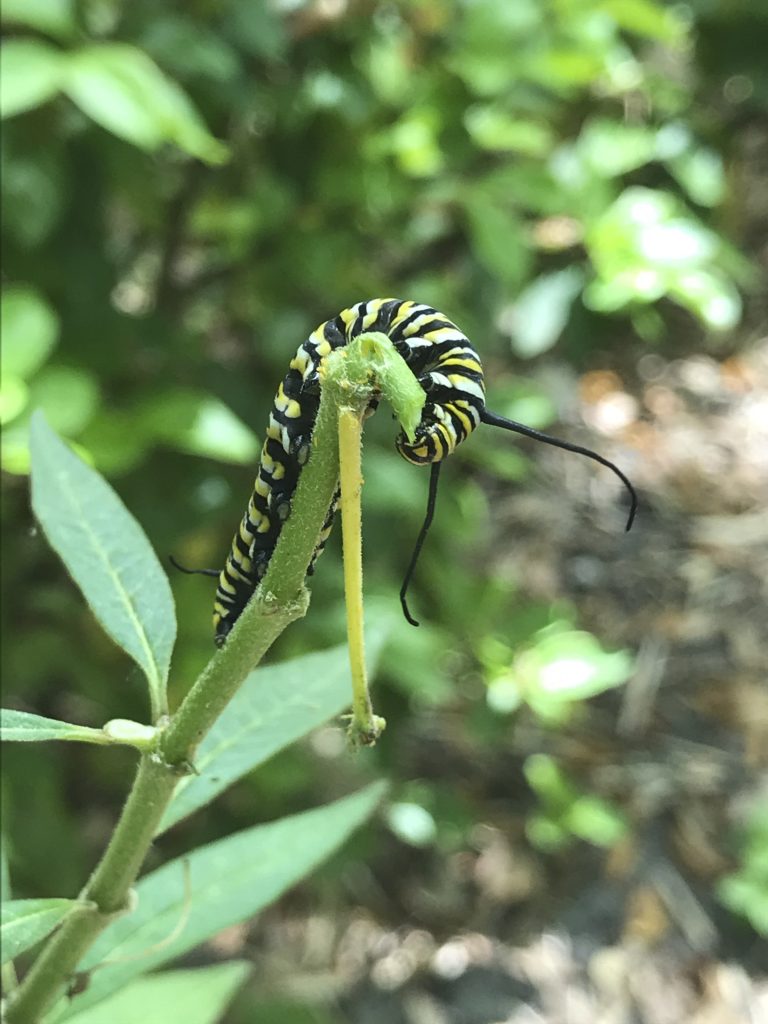
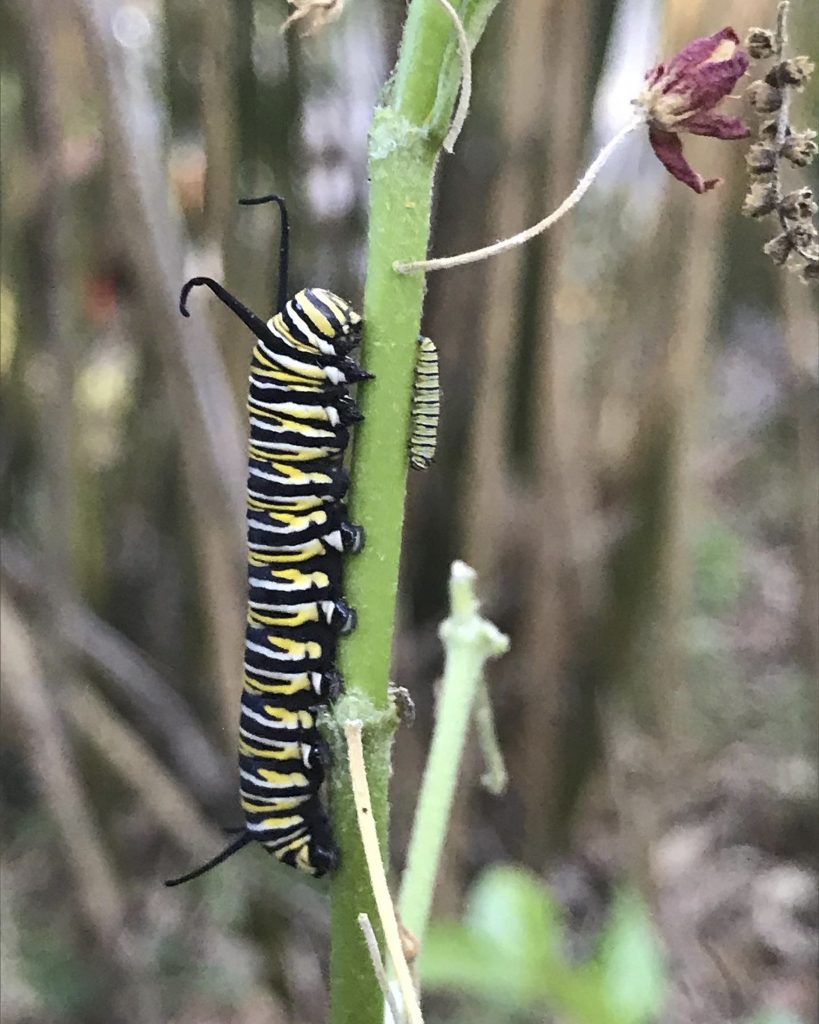
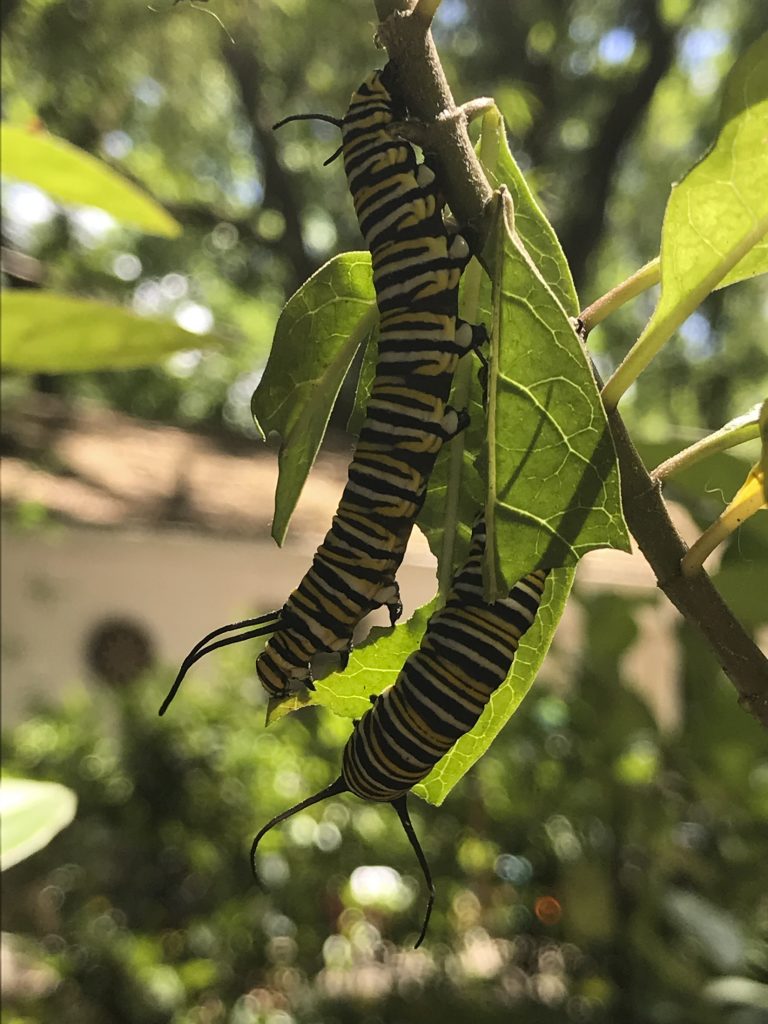
I reached out to a colleague who works in the Florida Museum “Butterfly Rainforest” exhibit. Rainforest staff had been preparing for our Spring Plant Sale, one of our biggest plant sales and most popular events of the year. The plant sale had been postponed due to the Coronavirus, and staff members were dealing with an abundance of plants. 私はミルクウィードを必要とし、彼らは世話をするための植物を少なくする必要があったので、これらの空腹の小さな幼虫のための餌をより多く確保することができました。
いくつかの植物は、ほとんど微小な、小さな毛虫といくつかの卵が付いた状態で私のところに来て、時間をかけて 22匹の毛虫を集めることに成功しました!
私たちは、そのような毛虫の数を増やすことができました。
私の娘たち (11 歳と 7 歳) と私は、博物館から持ってきた鉢植えのミルクウィードを、裏庭のテーブルに置きました。
娘たち (11 歳と 7 歳) と私は、博物館から持ってきたミルクウィードの鉢植えを裏庭のテーブルに置き、庭に生えているすべてのミルクウィードを回って、見つけられたすべてのイモムシを集めました。
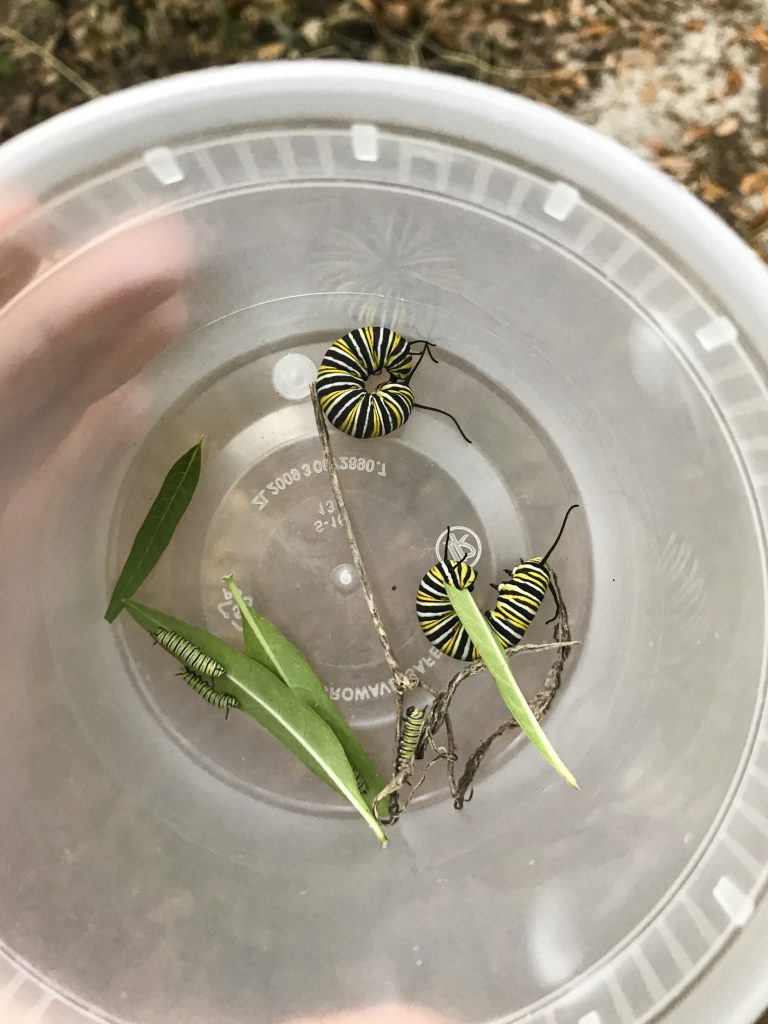
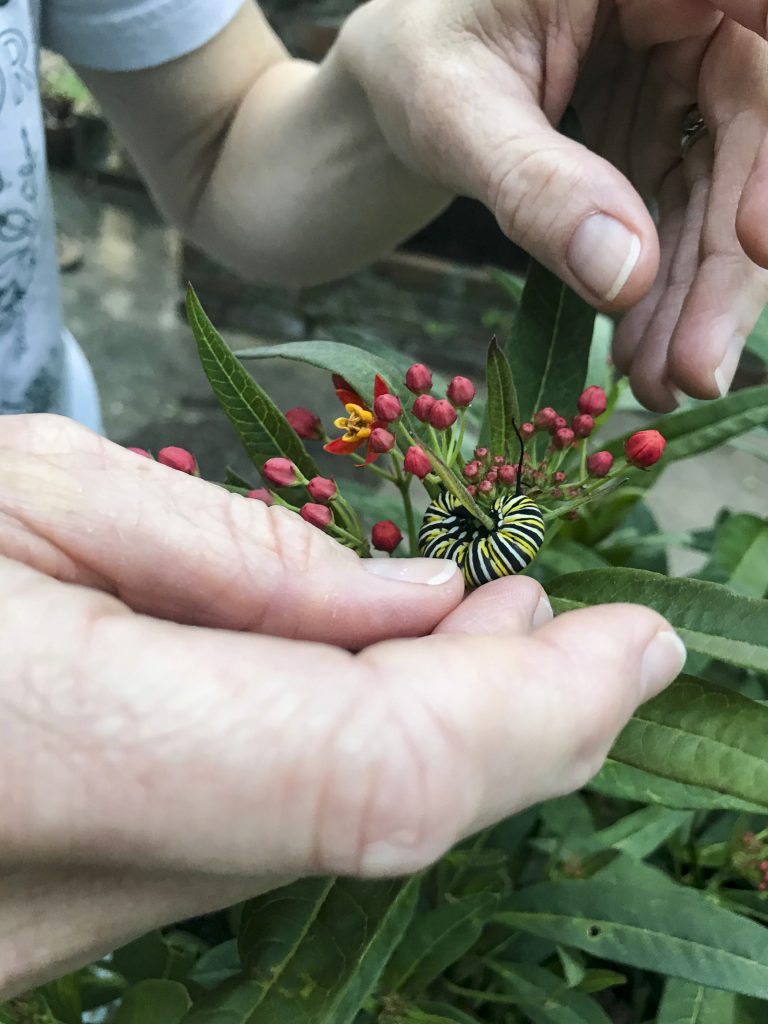
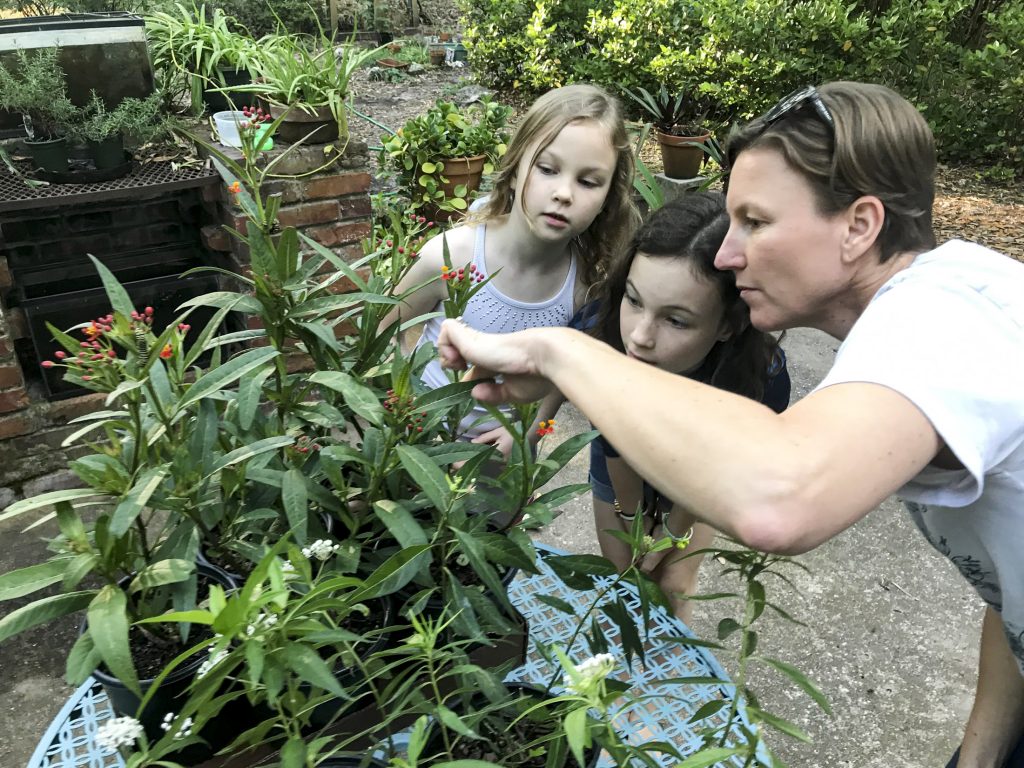
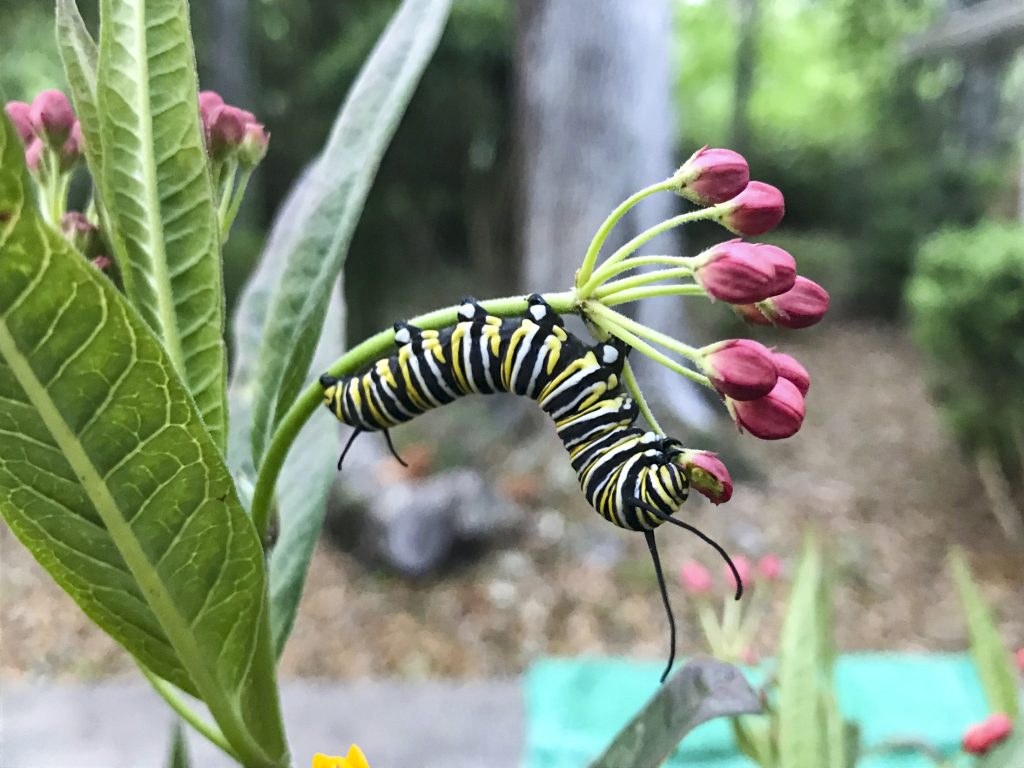
Not long after, we noticed the biggest caterpillar crawling away. After several attempts to put it back on the milkweed we’d find it crawling away again.
このプロセス全体を観察するには、どうにかしてイモムシを閉じ込める必要がありました。
すべてのプロセスを観察するには、どうにかしてイモムシを閉じ込める必要がありました。
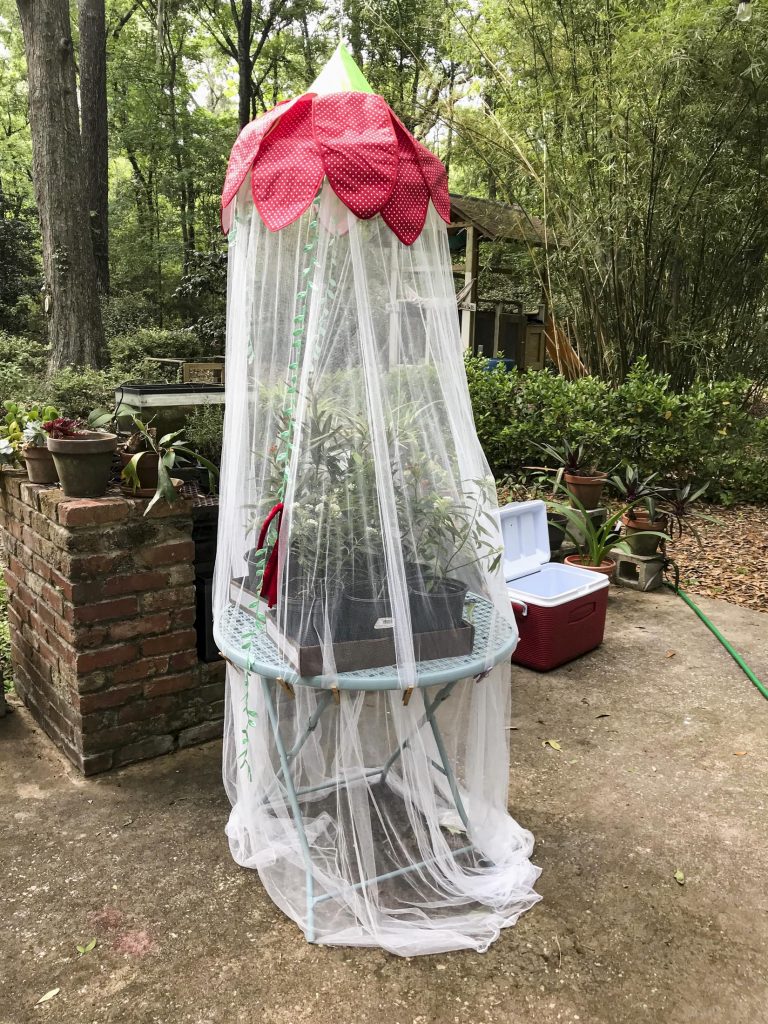
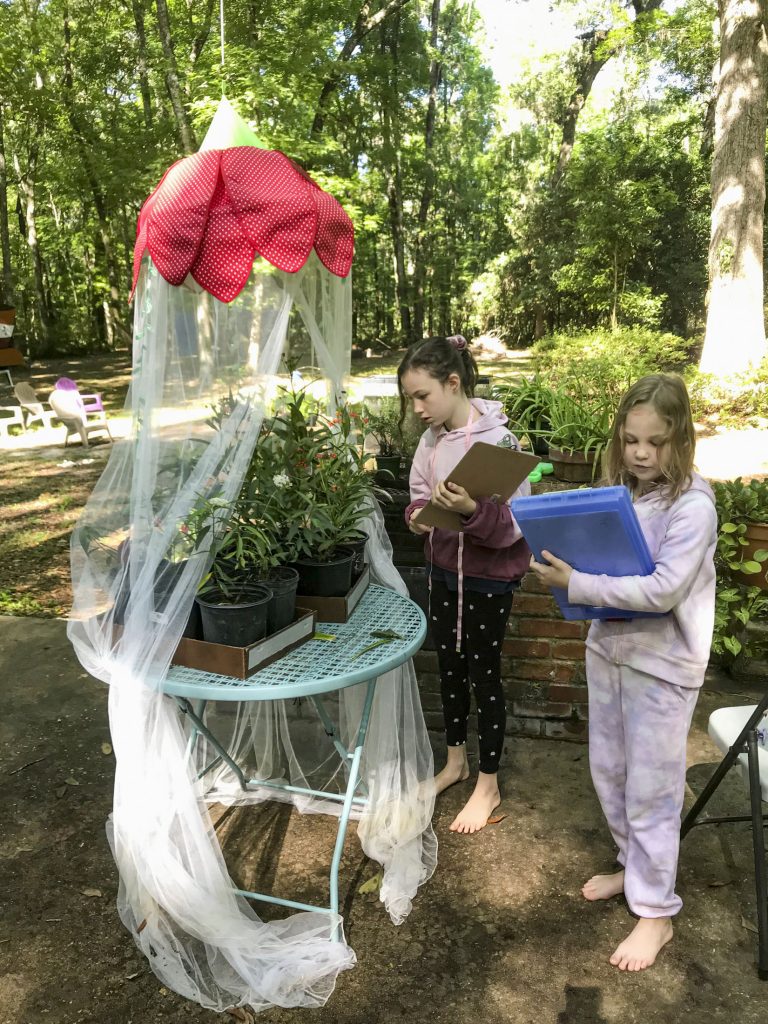
私たちは毎日、イモムシの様子を観察していました。 娘たちは「理科の授業」の一環として、イモムシを数えたり測ったり、メモを取ったりして観察していました。 私たちは、這い続けていた最初のイモムシがほとんどすぐに蛹化したことに興奮しました。 その後、他の2匹の大きなイモムシがそれに続いた。 私たちは蝶を待ち望み、他の小さなイモムシが太って幸せになるのを観察しました。 孵化したばかりの小さなイモムシを見つけると、私と娘たちは興奮のあまり声を上げて数えました。
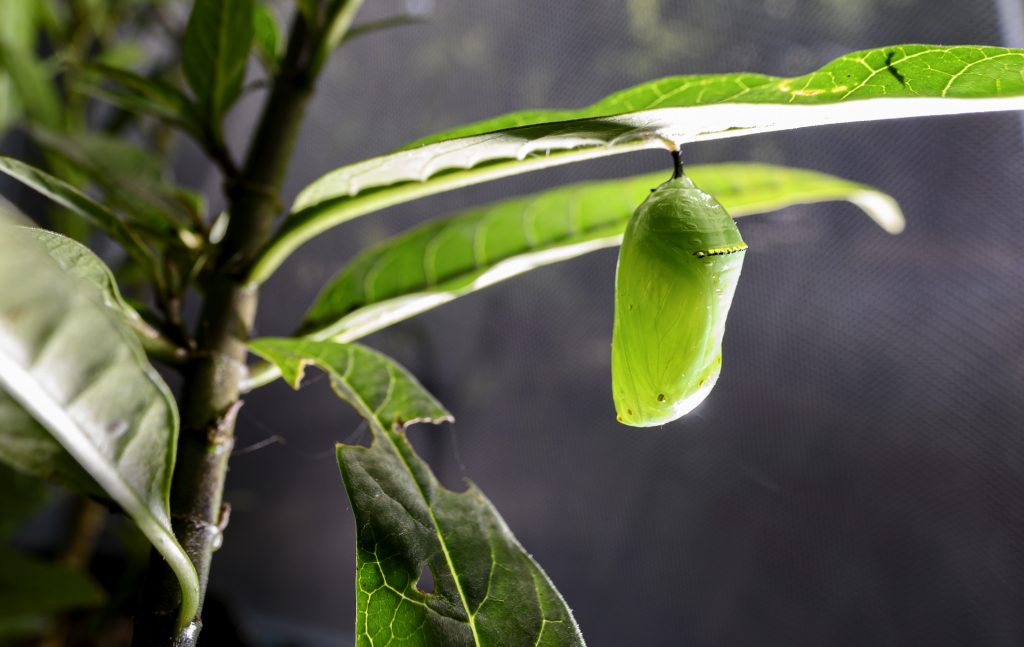
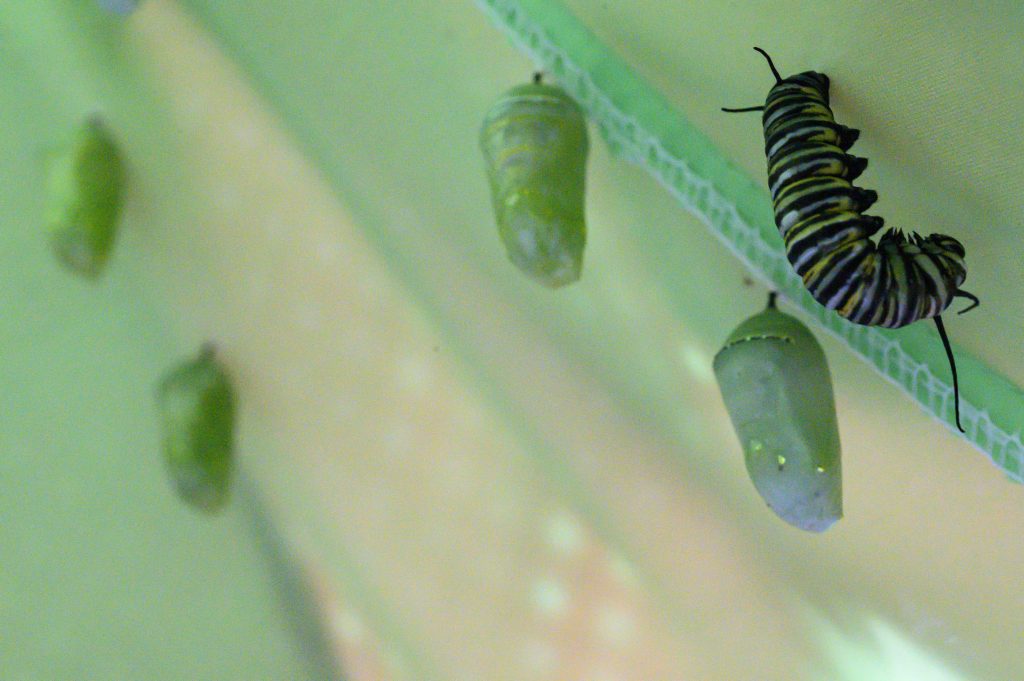
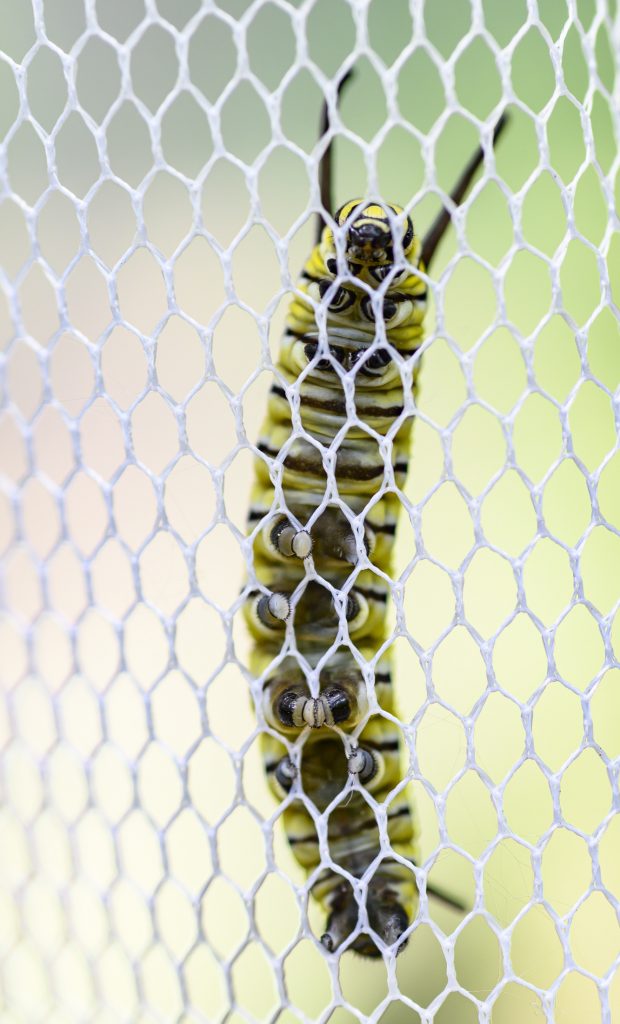
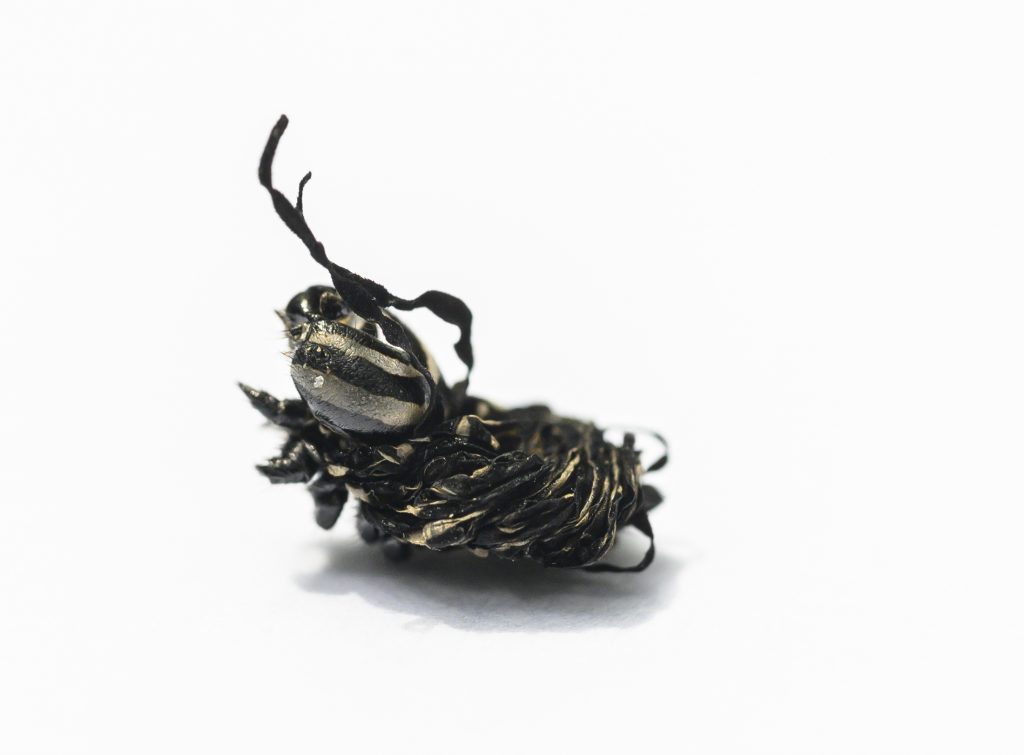
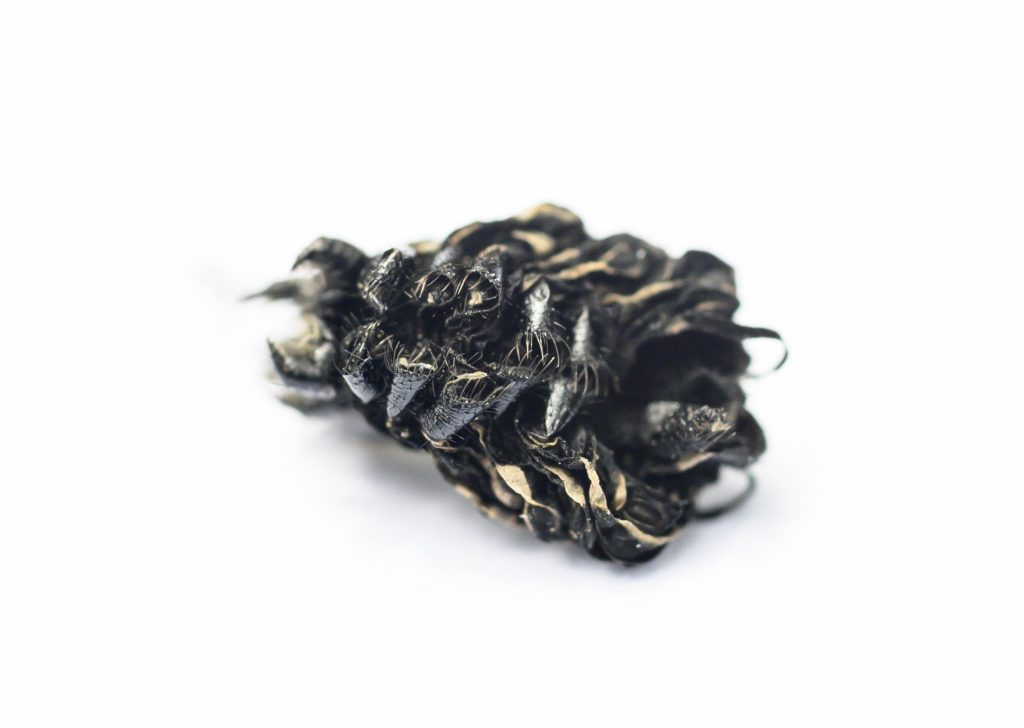
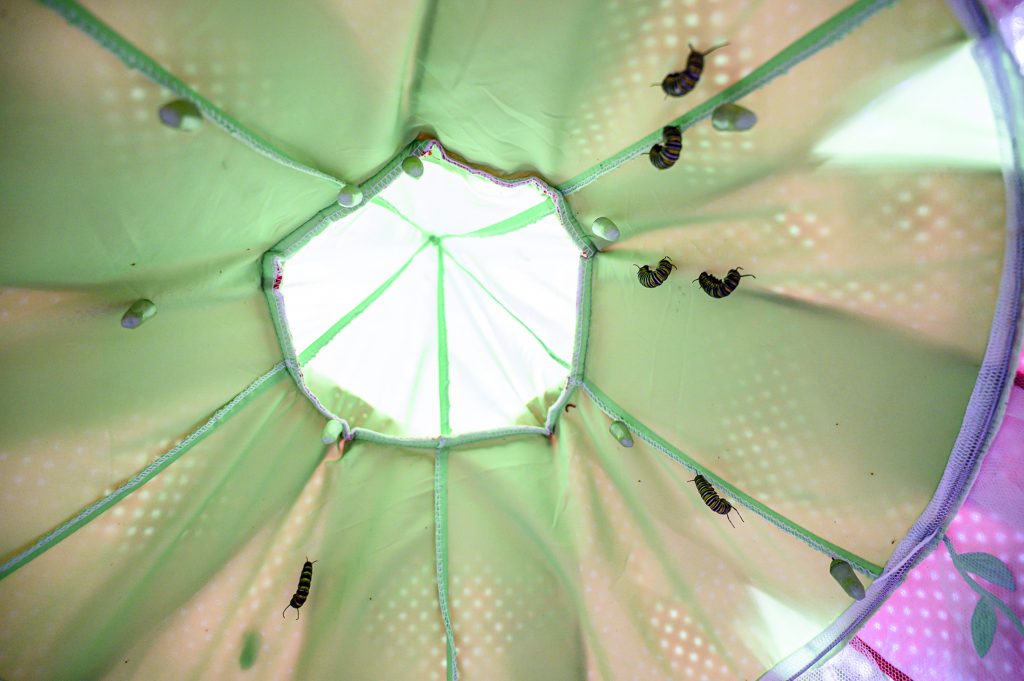
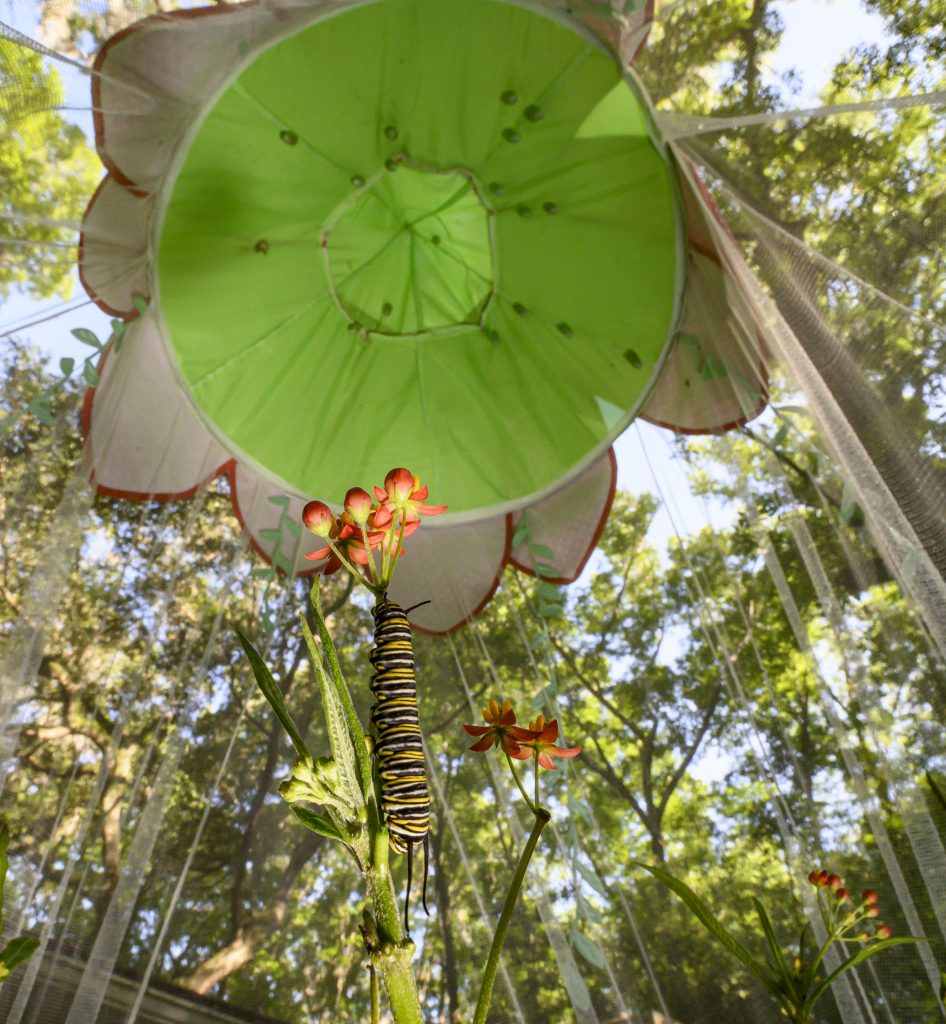
Unfortunately, the first butterfly never emerged from its chrysalis. We think it had “black death,” however the second emerged perfectly. This monarch would be our first to release.
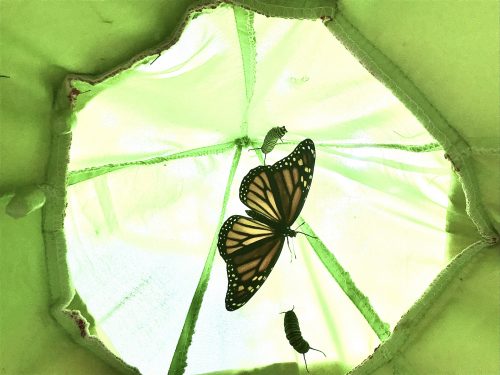
この蝶は自分がオオカバマダラの大使になるとは知らず、これ以上ないほどのタイミングを選んで出てきてくれました。 彼女は土曜日の午後に出現し、その翌日、私の末っ子のジョジーは、ガールスカウトの仮想ミーティングがあったのです。
私は Zoom 経由で約 7 人のガール スカウト生にオオカバマダラについての本を読み、私たちが作った蝶の家、たくさんの毛虫とさなぎ、そして蝶を見せて、オオカバマダラを育てた経験を共有しました。
翌週末には、6 ~ 7 匹が出現しました。
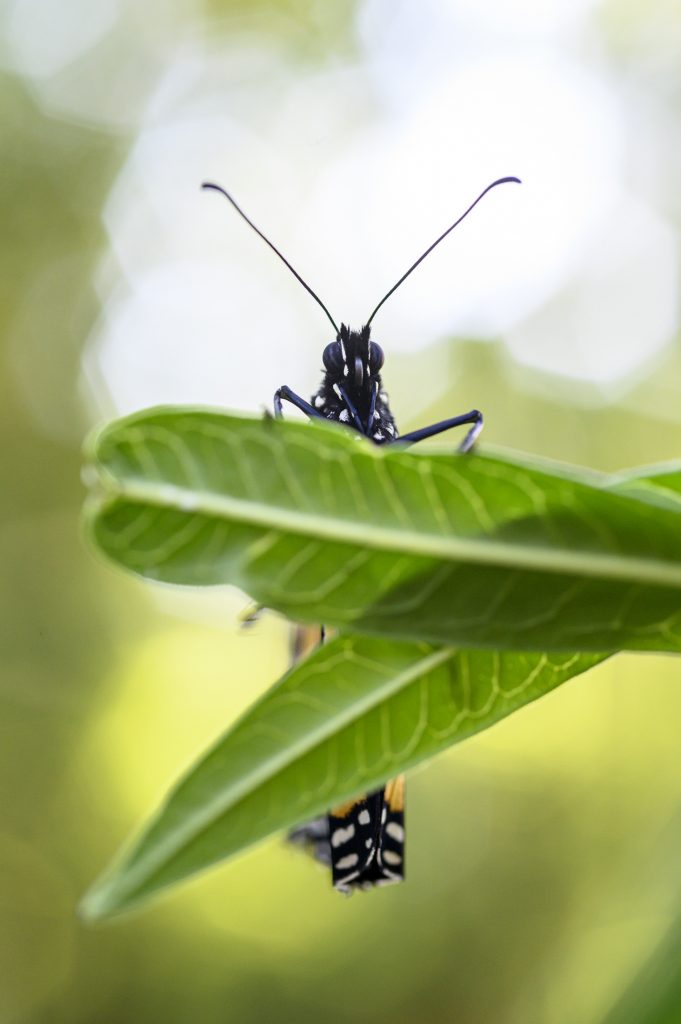
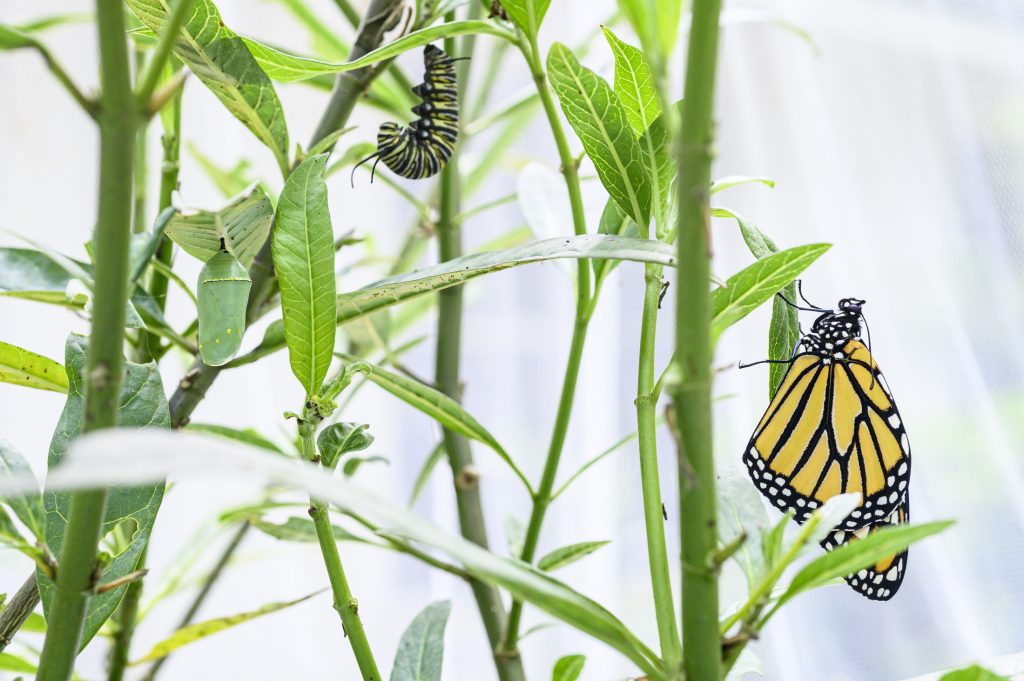
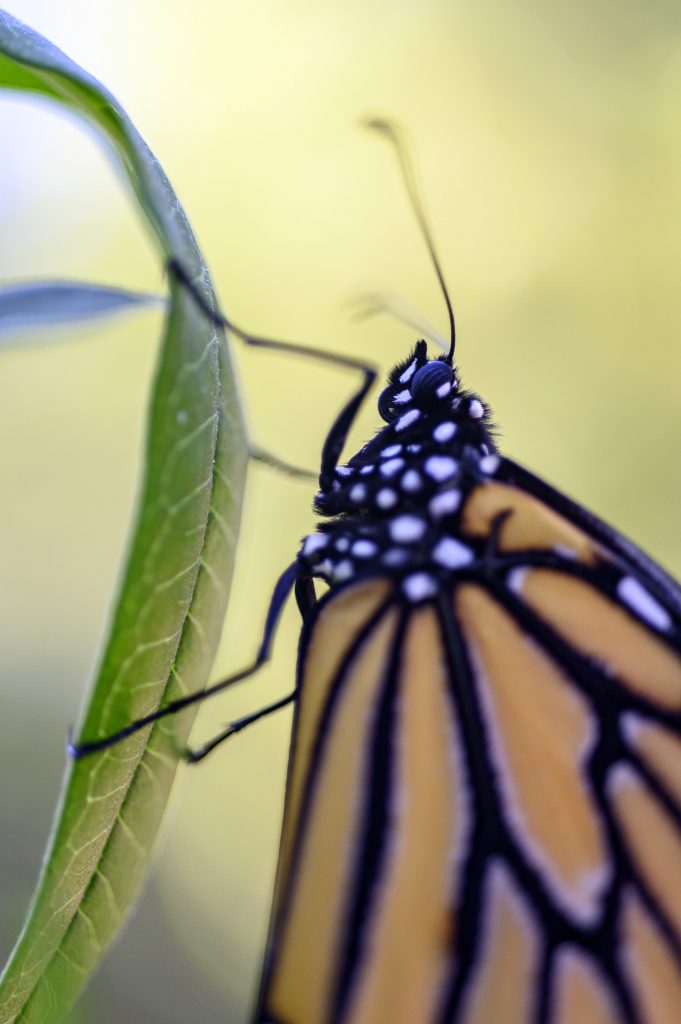
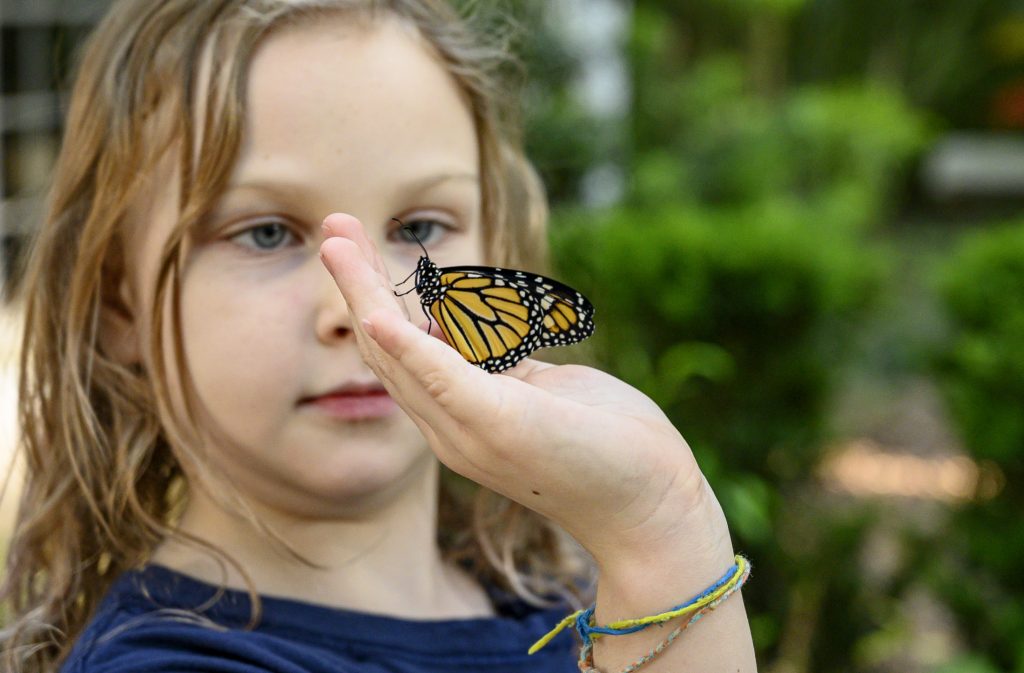
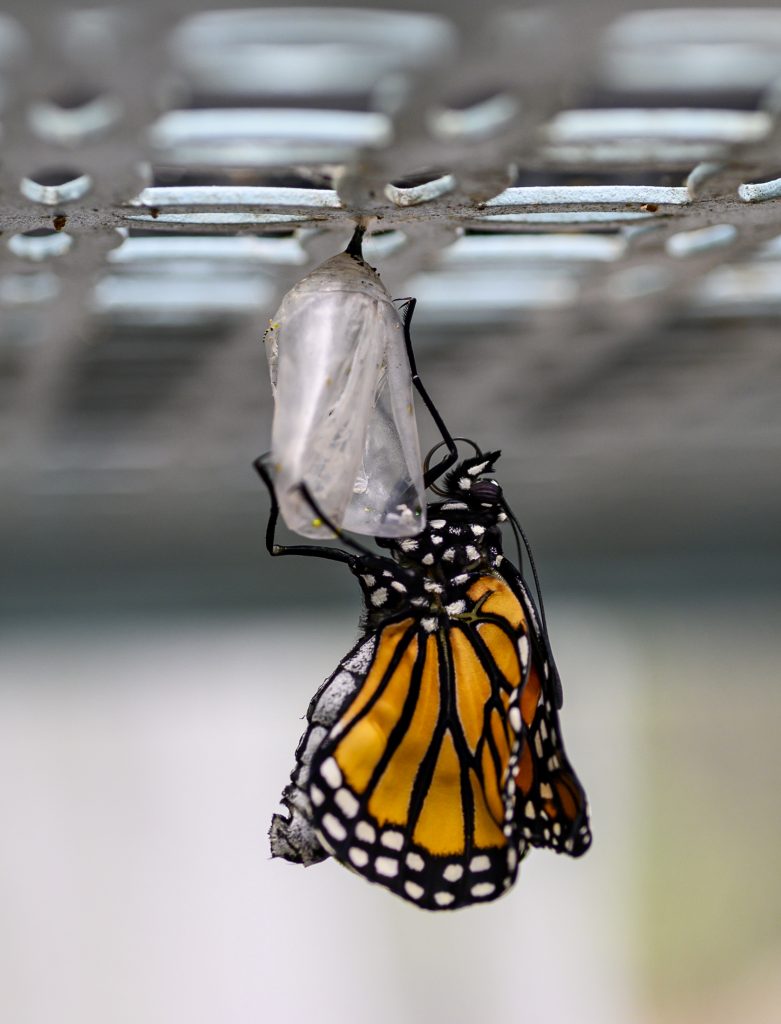

There were five more chrysalides that looked ready Sunday. Then things got weird. We had a butterfly that never successfully emerged from its chrysalis, and three that emerged without legs. One was so severely deformed that it didn’t last more than a few hours. I held each of them, watched them struggle and sat with one as it died. My kids cried. The other two I helped eventually flew away.
これが君主のドラマの最初ではありませんでした。 嵐もありました。 私たちは吊り構造を家の中に持ち込み、毛虫がついている植物を片付けました。
最初のオオカバマダラを放した 1、2 日後、成虫が私たちのミルクウィードを訪れました。 (
私たちは、彼女が卵を産むのを見ました。
-
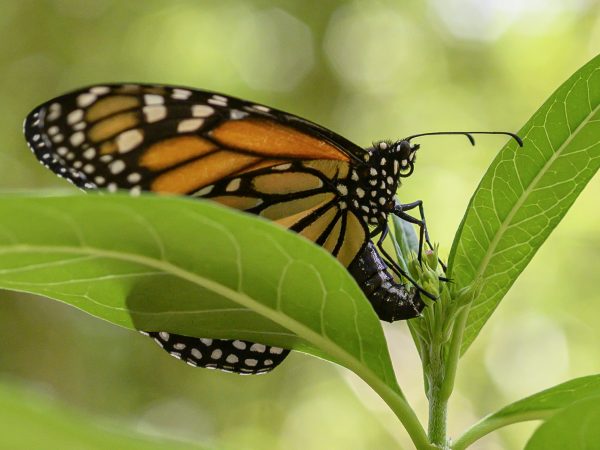
-
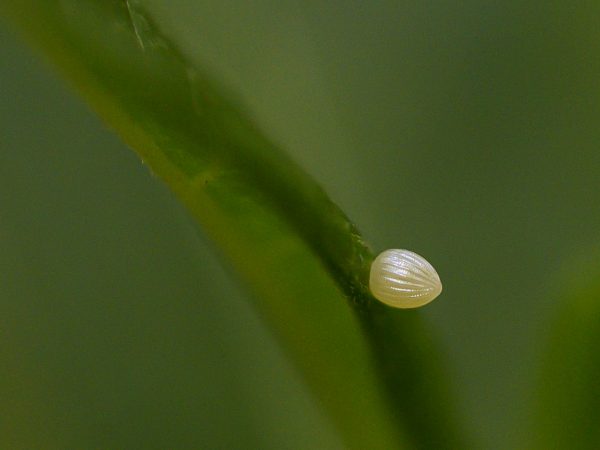 A monarch egg on a milkweed leaf. Kristen Grace/Florida Museum
A monarch egg on a milkweed leaf. Kristen Grace/Florida Museum -
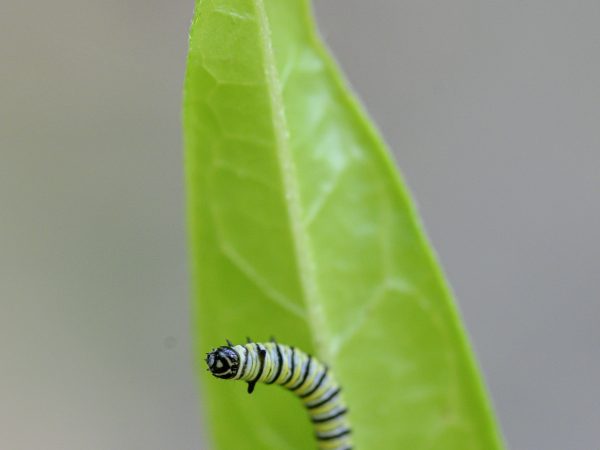 Monarch caterpillars are very small.The new hatching monarch caterpillars are very small.The newly hatching monarch caterpillar.
Monarch caterpillars are very small.The new hatching monarch caterpillars are very small.The newly hatching monarch caterpillar.
数日後、さらに 12 の小さなオオカバマダラの毛虫を見つけ、私は “もう一度やるか?” と自問自答しました。
手足のないロットの後、5つのサナギが残っていました。
手足がないものの後、5匹のさなぎが残っていました。
母の日の2日前の5月8日(金)、最後のさなぎがようやく出てきたようです。 その様子を動画に収めようと、カメラを持って12時間観察しました。 この蛹は鉢植えのミルクウィードに付いていたので、植物を室内に入れ、環境をコントロールすることで良い映像が撮れました。
蝶が出現した後、蝶と植物を東屋に戻し、翌日に放しました。 この偶然の 5 週間にわたるプロジェクトの集大成に、娘たちも加わってほしかったのです。 土曜日の朝は素晴らしい天気でした。
ほろ苦かったですが、少なくとも、庭の回復したミルクウィードに、まだ数匹のイモムシが這っています。
博物館の鱗翅目(りんしもく)学者から、自然のオオカバマダの生存率は2~4%だと聞きました。
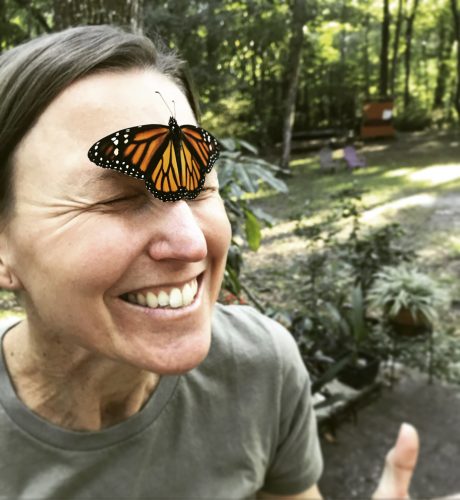
多くの意味で、この旅はこれ以上ないタイミングだったのです。 また、”崖っぷち “と呼ばれることもあります。 私は、彼らが好奇心を持ってこれらの昆虫を研究するのを見守り、これらの素晴らしい蝶と対話し、放つ喜びを目の当たりにしました。
###
フロリダ博物館の植物販売では、しばしばミルクウィードを購入することができます。
フロリダ博物館のプラントセールでは、しばしばミルクウィードが購入できます。